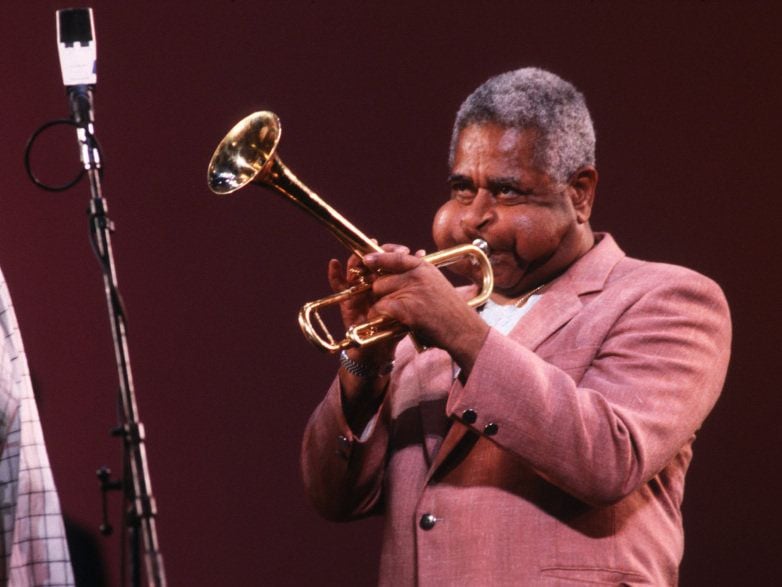Originally Posted by
abshipp
The way I understand it is that the shape and size of the tubes that make up the instrument are sized in order to facilitate resonance of the air at certain frequencies. The instrument is at atmospheric pressure on the inside, and the only real airflow that moves through is a byproduct of the moving air required to create the initial vibration with your lips. The valves just change the length of the tube that the sound waves travel through, with each valve combination tuned to resonate at a specific frequency. Most brass instruments I've tried are quite free-blowing, there is some resistance but not a whole lot. The smaller the ID of the tubes, the more resistance there is. Try blowing through a straw vs blowing through a paper towel tube.
I have played both trumpet and tuba. The tuba does require a bit more airflow, but that just seems to be a necessary consequence of the amount of air it takes to vibrate your lips at frequencies that the tuba is designed to resonate at. If you want to try a silly experiment, try to buzz your lips at a high frequency and then at a very low and floppy frequency. I think you'll find that the latter will exhaust your lungs a lot faster than the former.
TL;DR - You just make the air inside the horn vibrate from buzzing your lips, any air movement through the horn is a necessary byproduct of that.
I've played trumpet, trombone, and didgeridoo. Never could figure out the didgeridoo. I damn near passed out trying to figure out all 3. I remember trying to emulate The Dizz on the brass, but that didn't seem to help.
